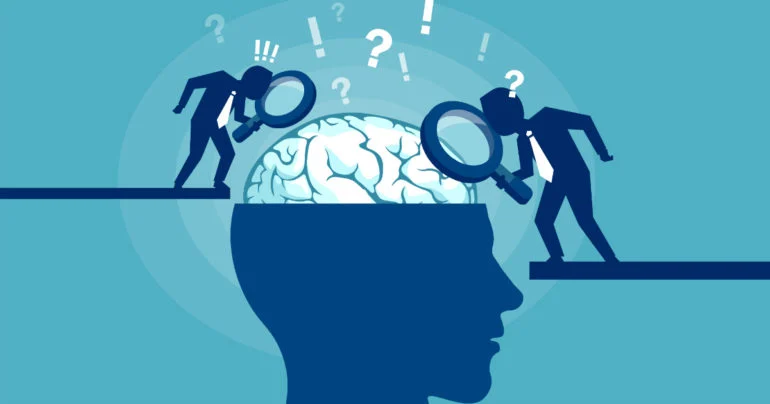
Atlanta hosts an impressive calendar of festivals throughout the year. Enjoy spring’s native dogwood blooms during Piedmont Park Arts Festival or stop by Grant Park Summer Shade Festival to take part in live music performances and art exhibits.
Sweet Auburn Music Fest offers a family-friendly musical festival experience while the Georgia Renaissance Festival transports visitors back into medieval Europe with sights and sounds.
1. Alcohol Consumption Increases
At music festivals, attendees can expect to find an abundance of alcoholic beverages for consumption. Unfortunately, excess alcohol consumption can result in serious health and social consequences, including auto accidents and drowning; sexually transmitted diseases; heart disease/hypertension/cancer; unintended pregnancies/violence issues and Fetal Alcohol Spectrum Disorders (FASD).
Alongside alcohol consumption at festivals, many also include drug use. Although such substances aren’t condoned by festival producers, they’re widely available from vendors at these events and thus make drug use even more tempting for those hoping to have an unforgettable experience.
Furthermore, many artists have written songs featuring drug references. According to the Office of National Drug Control Policy’s research, 18% of popular songs included some reference to drugs; this can promote drug usage among young people who may equate these lyrics with peer approval or positive associations.
Drug use can also rob crowd members of their sense of collective awareness, increasing the risks for trampling at crowd events such as music festivals. Trampling has recently caused one death at one of Miami’s music festivals and sometimes these crowds can even become hostile toward strangers due to being under the influence of drugs.
2. Increasing Alcohol Consumption Increases the Risk of DUI
One’s alcohol intake directly affects their driving abilities. As blood alcohol concentration (BAC) levels rise, so too do DUI risks; further risks increase if an impaired individual consumes to the point of intoxication before getting behind the wheel. Many factors play into this equation including individual drinking habits, expectations regarding driving expertise, experience levels and age of drivers.
People’s perceptions of DUI are strongly affected by its associated penalties; 90% believe a conviction results in a fine and 96% believe DUI may lead to either temporary or permanent license suspensions. Yet knowing alcohol consumption impairs driving abilities or traffic regulations regarding DUI alone aren’t enough grounds for conviction.
People continue engaging in dangerous behavior despite knowing it may carry serious negative outcomes. For instance, drinking to the point of impairment will make it more difficult to estimate when and how long until reaching their destination; they will have difficulty following instructions given by GPS devices; they may not respond quickly when unexpected events arise – all reasons for taking full responsibility for their own behavior and refraining from drinking and driving at all times. It is therefore imperative that individuals accept full accountability for their own behaviors by refraining from drinking and driving altogether.
3. Alcohol Consumption Increases the Risk of DUI Arrests
An impaired driver can cause devastating accidents, injuring and killing others. Even one drink can impair driving ability and increase the risk of an accident. If you’ve been involved in an auto collision caused by a drunk driver, filing a claim could help get compensation for your injuries.
Alcohol consumption is an integral risk factor of DUIs in the United States. As alcohol intake and level of intoxication increase, so too does its associated risk. Driving abilities start deteriorating at blood alcohol concentration levels of 0.08% while the risk of accidents rises with increasing levels of consumption and the amount consumed.
Research indicates that several factors contribute to drinking and driving behaviors, including an individual’s age, gender, social context of drinking and driving and attitudes and beliefs regarding these practices. Some individuals believe they can drive safely with high BAC levels; thus not viewing DUI as criminal charges.
Individuals also differ in their attitudes and perceptions regarding the consequences of driving while under the influence, which helps explain much of the variance in DUI arrest rates than differences in drinking behavior or traffic-related characteristics like speeding or chargeable accidents. Hickory and La Crosse both experience drastically varying rates of drunk driving prevalence, DUI arrests, and speed limit violations compared to each other.
4. Alcohol Consumption Increases the Risk of DUI Death
Alcohol impairment is the leading cause of crash-related fatalities among motor vehicles (NCSA, 2016b). While distracted driving, restraint use problems, speeding, and drowsy driving all pose significant risks to drivers and passengers, alcohol-impaired driving still has the highest fatal crash rate.
Alcohol-impaired driving increases the risk of crash death for all occupants in a vehicle, including children and non-occupants such as pedestrians and bicyclists. The risk increases at lower blood alcohol concentration levels among less experienced or occasional drinkers; and increases when higher BAC levels are present among older individuals.
Risk of alcohol-impaired driving increases with age until young adulthood and then declines as people get older; however, people of all ages and backgrounds continue to die in drunk-driving crashes.
In 2016, there were 6,479 alcohol-impaired driving crashes nationwide, accounting for 62% of all driver-related crash fatalities (NCSA, 2017b). Of the 6,479 fatalities due to alcohol impairment driving crashes that year, 62% involved drivers while passengers (16%) and nonoccupants (14%). On the positive side of things, most states have seen reductions in fatalities since 2015. If you must drive after drinking, be a safe and sober driver by using taxi services or ride hailing services or designating sober friends as your drivers. You can help prevent impaired driving by supporting efforts aimed at keeping BAC limits low – making purchasing vehicles with illegally high BAC limits more difficult or purchasing an illegally high vehicle more difficult.



